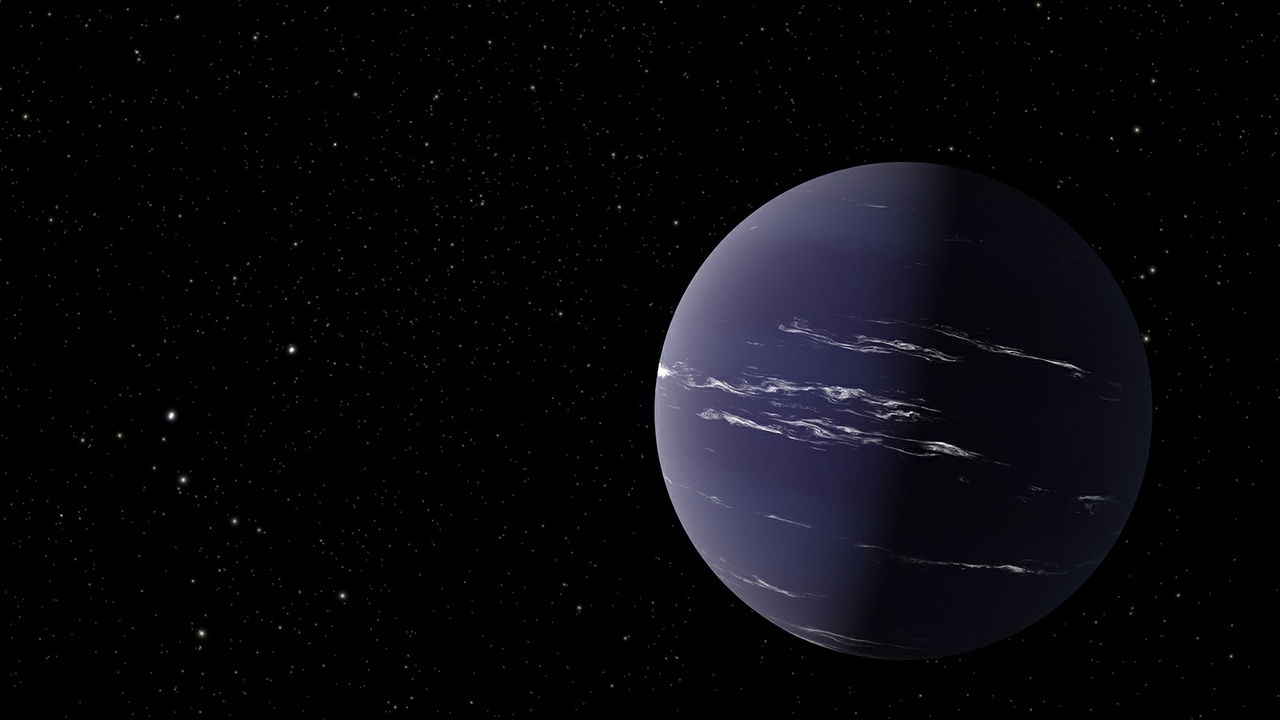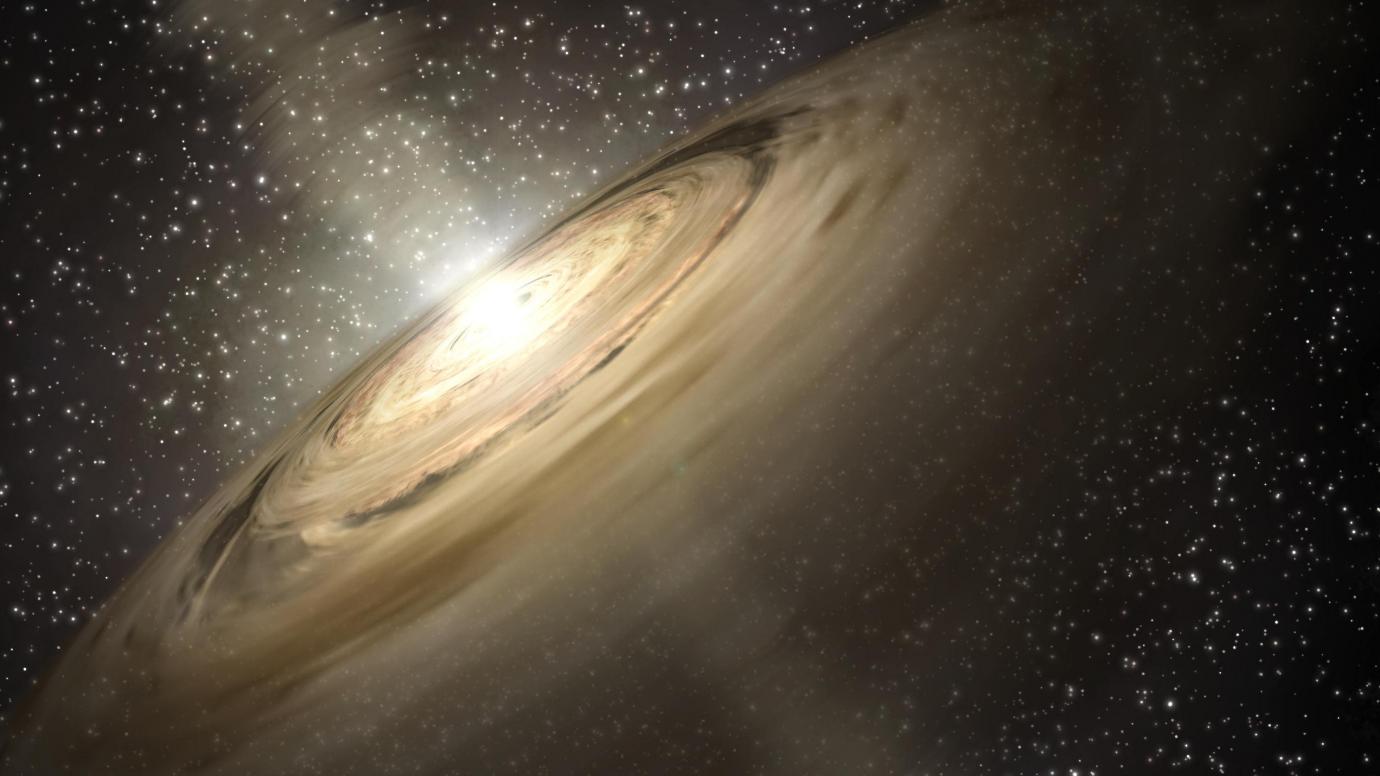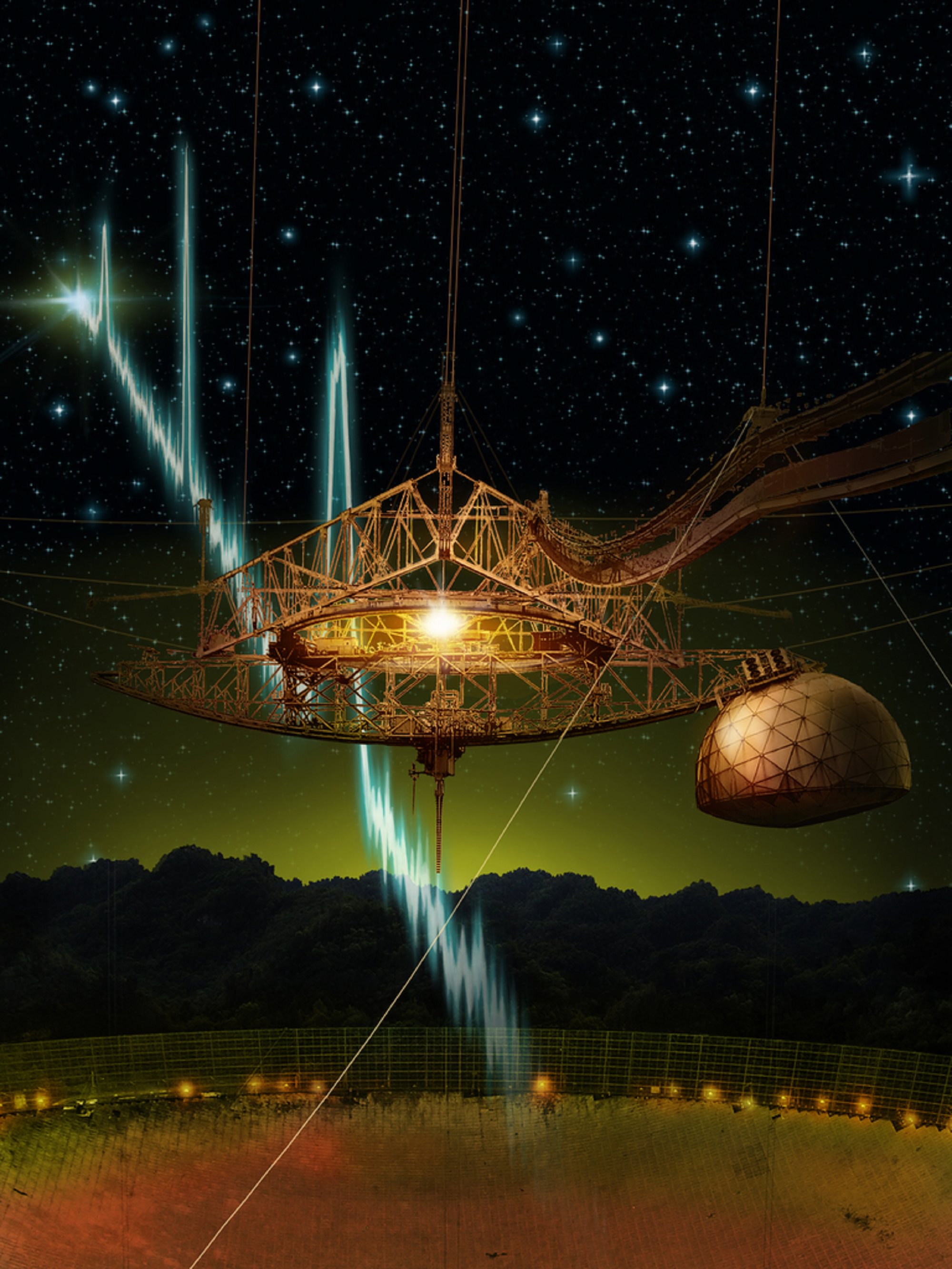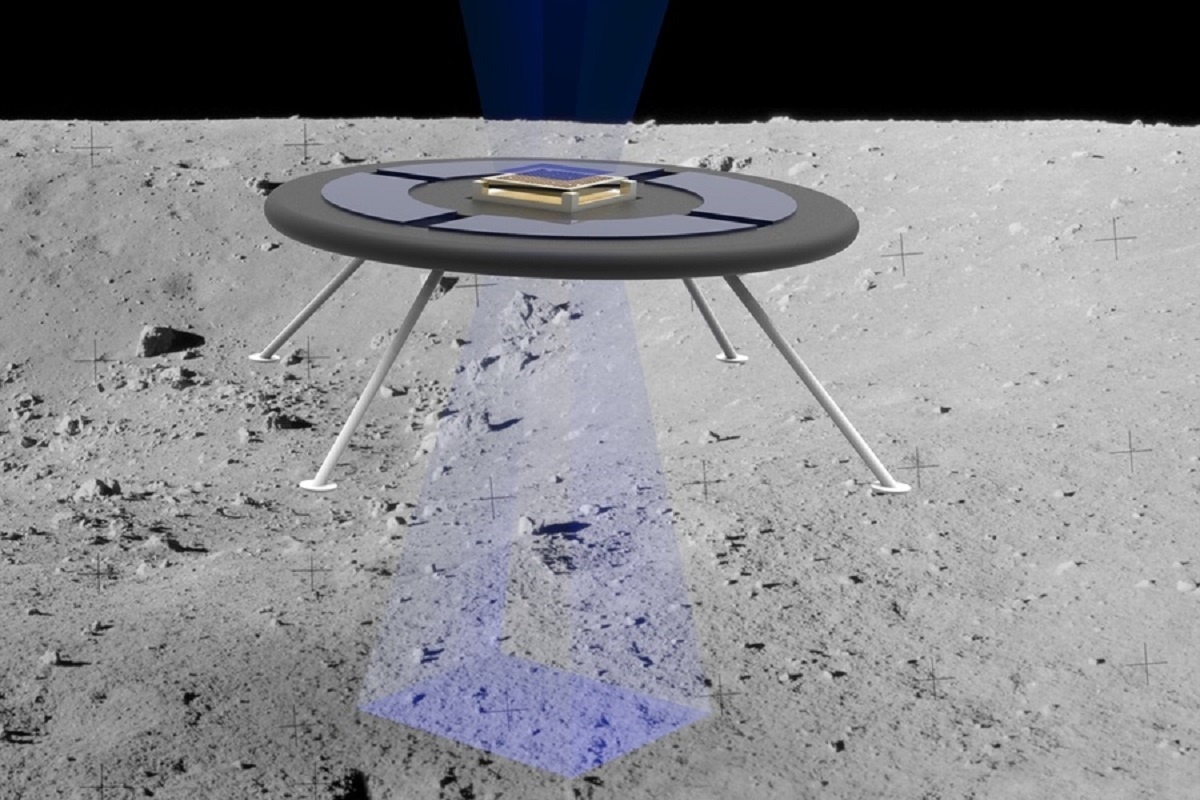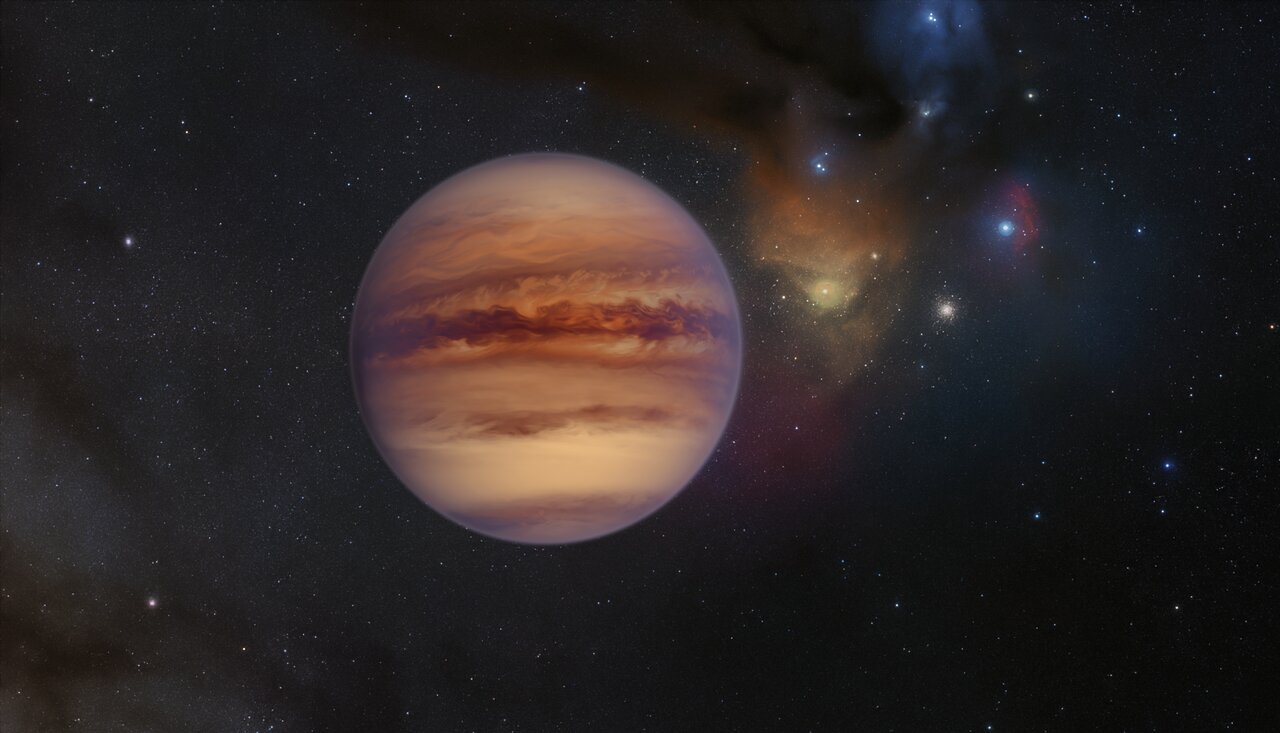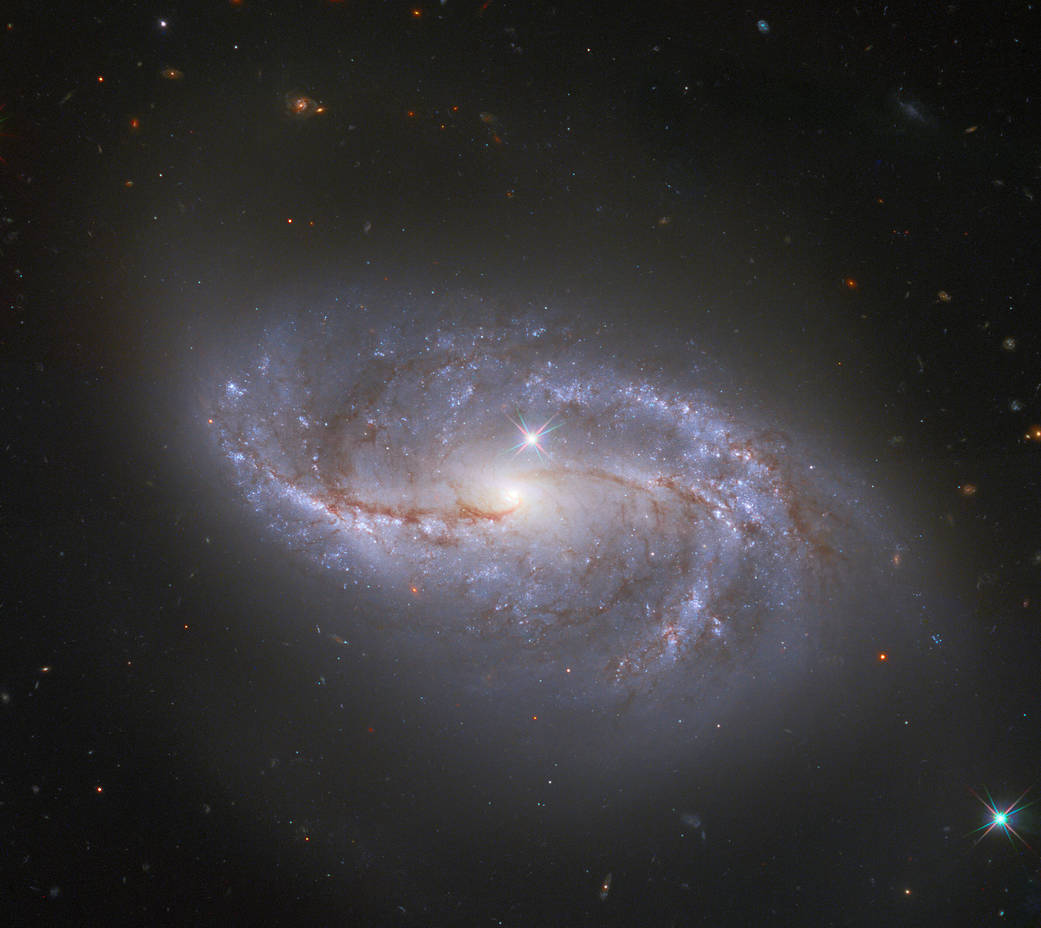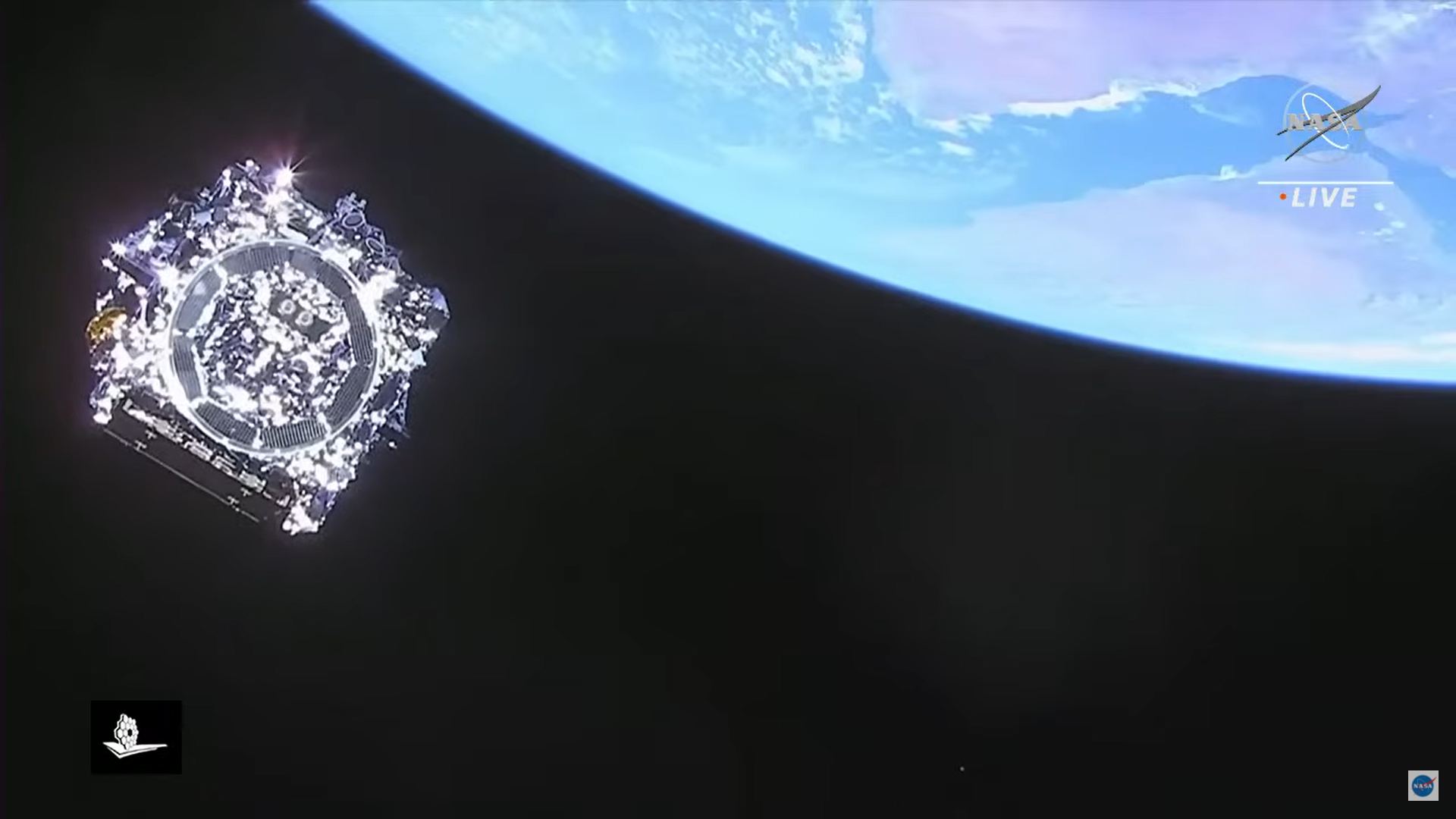Welcome to another edition of Constellation Friday! Today, in honor of the late and great Tammy Plotner, we take a look at “the Twins” – the Gemini constellation. Enjoy!
In the 2nd century CE, Greek-Egyptian astronomer Claudius Ptolemaeus (aka. Ptolemy) compiled a list of the then-known 48 constellations, the sum of thousands of years’ worth of charting the heavens. This treatise, known as the Almagest, would be used by medieval European and Islamic scholars for over a thousand years to come, effectively making it the astrological and astronomical canon until the early Modern Age.
One of the original 48 is Gemini, a constellation located on the ecliptic plane between Taurus (to the west) and Cancer (to the east). Its brightest stars are Castor and Pollux, which are easy to spot and represent the “Twins,” hence the nickname. Gemini is bordered by the constellations of Lynx, Auriga, Taurus, Orion, Monoceros, Canis Minor, and Cancer. It has since become part of the 88 modern constellations recognized by the International Astronomical Union.
Continue reading “The Gemini Constellation”

